Learning to think through writing and reading
The June Writers team has spent the last few months with our heads down, alternating between working with our wonderful students and methodically updating our curriculum to include instant skill check questions and more critical reading challenges. Your child will now encounter a wide variety of great texts over the course of our program, from classical thinkers such as Plato and Aristotle to the foundational texts of the United States to all manner of poetry and scientific writing. Your child will learn literary analysis typically taught later on in AP courses as well as how to dissect any text, including how to spot common rhetorical fallacies in texts that might otherwise seem convincing. We phase these skills in across our levels and use age-appropriate texts—as well as a lot of cat content.
Our critical reading challenges are designed to do two things, in the broadest sense:
Teach kids about specific types of writing issues and skills
Model complex thought
The first goal is self-evident, but the second is often underappreciated in the world of education. Yes, some kids arrive at our program brimming with ideas and opinions: the firehoses. We help firehoses sort, analyze, and test their copious ideas using various techniques. We probably see more of these kids than most schools or programs, and we love working with them. Is there anything more delicious than ideas?
But most kids are not firehoses. Instead, most elementary and middle schoolers, however bright, struggle to figure out what they think: the stopped-up water fountains. They will stare at a basic writing prompt and shut down. Or, they will tell us what they think we want to hear, or give a shallow answer and be unable to go deeper into their thought. These kids dread writing because they have no idea what to say, and stretching silence into five paragraphs is somewhere between terrifying and torture.
We also enjoy helping this second set of kids access the thoughts swirling in the unexplored eddies of their mind. Part of this work is guiding these students through each step of completing a practice and building up their confidence, then coaxing them to go deeper. But these kids also benefit from being exposed to what thought looks like. What is a complex idea? Why would someone have one? Do I? (Yes!) We assume much if we think that most kids are aware of ideation as a concept or daily practice.
Our root goal, as always, is to teach kids how to think, never what to think, so that all our students feel at home in the world of ideas. One of the best ways to think with rigor and depth is to learn to read and write at a high-level. Firehoses are often desperate for someone who will engage with their ideas and show them how to express, refine, and test all that is bursting out of their mind. We love that work. Blast away! The stopped-up water fountains come to our program with more reluctance, but between our fun practices and provoking critical reading texts (and, he hem, cats), learn to turn on their flow of ideas.
Writing is so much more than mechanics. Reading is so much more than eyes moving across text. We are grateful to work with your children and see their ideas flow.

